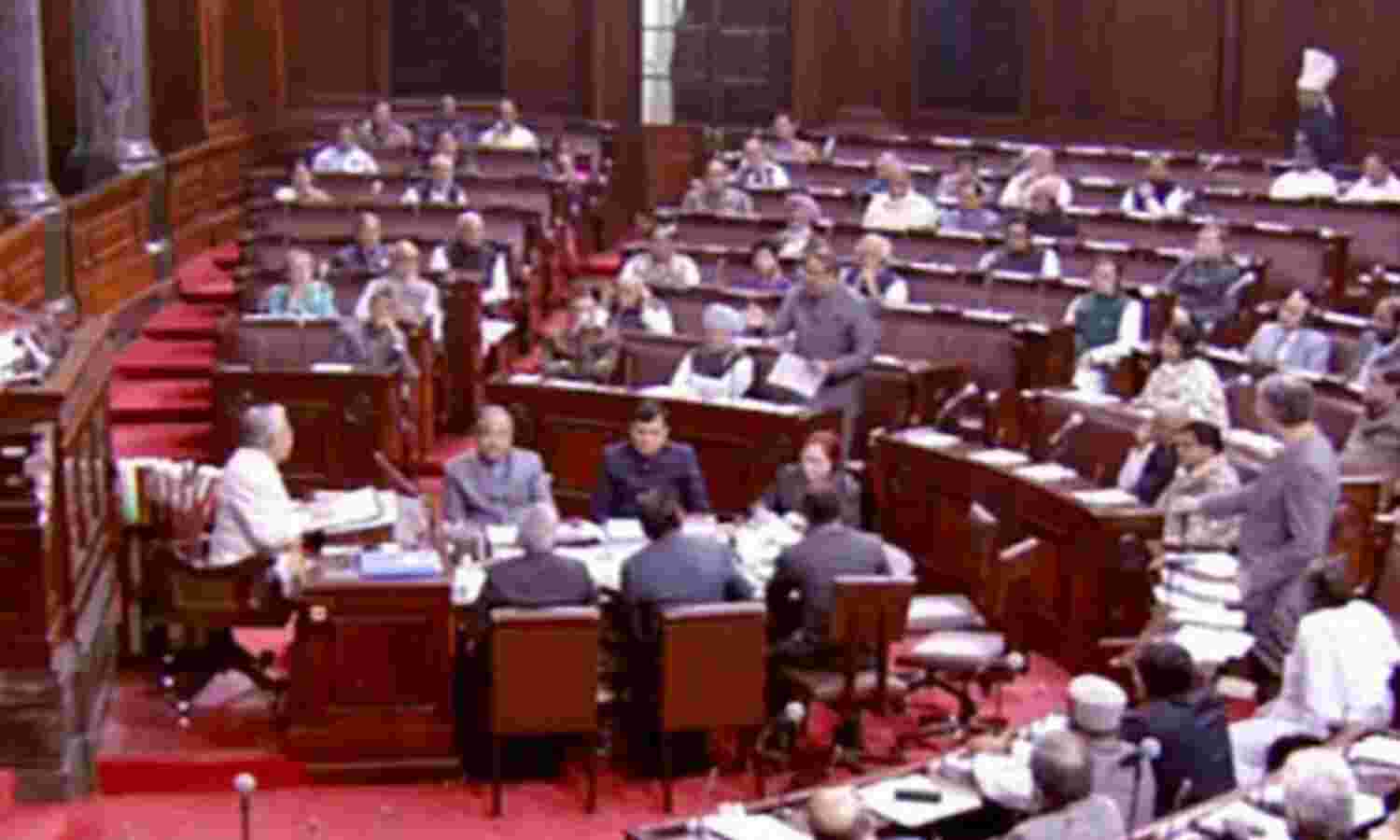BJP’s Twin Assembly Wins Won’t Give It More Clout In Rajya Sabha

Its recent assembly election wins in Gujarat and Himachal Pradesh will not give the ruling Bharatiya Janata Party (BJP) the legislative muscle to push critical bills through Rajya Sabha, the upper house of the parliament, according to an analysis.
The BJP now covers 19 out of 29 Indian states and 67% of the country’s population. In Lok Sabha, the lower house of parliament, it already runs a majority government with 280 members.
However, a recent analysis by Delhi think tank, PRS Legislative Research, on the impact of BJP’s victories in Gujarat and Himachal Pradesh showed the following: Four members of parliament from Gujarat will be retiring from the Rajya Sabha in 2018. Of them, the BJP will gain two seats and the Congress, two.
Himachal Pradesh has only one seat in the Rajya Sabha and BJP’s victory there will have no significant impact on its position in the upper house.
The BJP now has 57 members in a 239-member Rajya Sabha as of December 20, 2017, according to government data. This will increase to 70 with the addition of nine members from Uttar Pradesh (UP), two from Gujarat, one each from Manipur and Goa in 2018, according to the PRS analysis.
But the BJP will need greater representation than what its recent electoral victories have brought because important national laws cannot be passed without being cleared by both houses of the parliament, as IndiaSpend reported in November 2015.
Crucial bills coming up this session
The ongoing winter session, from December 15, 2017, to January 5, 2018, will have 14 sittings spread over 21 days. It will see a total of 39 bills, of which 25 will be considered for passing, 14 for introduction, consideration and passing and one for withdrawal, according to a Press Information Bureau release.
The Uniform Civil Code Bill, which needs a constitutional amendment, will require 167 votes to be passed in the Rajya Sabha and 271 in the Lok Sabha.
The other important business pending this season includes the Financial Resolution and Deposit Insurance Bill which will reduce the government’s share in the bail-out of distressed banks and the bill to impose a ban on surrogacy.
BJP dominates in two of five states that have 100 seats in RS
Rajya Sabha members get elected from the states and the representation of a party in a state assembly affects its strength in the upper house.
The ruling National Democratic Alliance has 78 seats, including six seats from its ally, the Telugu Desam Party. The opposition United Progressive Alliance has 74 seats.
Source: Rajya Sabha
The membership of the Rajya Sabha is determined by the population of the state. The top five states based on population—Uttar Pradesh, Maharashtra, Tamil Nadu, Bihar and West Bengal—have 100 seats in the Rajya Sabha. The BJP is currently in power in two states among the top five--Maharashtra and UP--and is an alliance partner in Bihar.
Source: Rajya Sabha
Of the 19 seats in Maharashtra, BJP has five and its ally Shiv Sena has three. The Congress has four seats in the state.
In UP, the BJP has two seats and the Congress, three. However the BJP’s landslide win in the state--312 of 503 seats--will work to its benefit.
Rajya Sabha members retire after six years. In 2018, 65 members will be retiring and of them, nine will be from UP. This will bring the total number of BJP MPs from UP in Rajya Sabha to 11 of 31 seats. In 2020, the BJP will have 21 of 31 seats from UP alone.
(Salve is an analyst with IndiaSpend.)
We welcome feedback. Please write to respond@indiaspend.org. We reserve the right to edit responses for language and grammar.


